Mars Methane Mystery: Hidden Microbes or Geology?

TL;DR: Scientists have detected three confirmed interstellar objects passing through our solar system since 2017, revealing that cosmic debris from other star systems regularly visits Earth's neighborhood. These hypervelocity travelers offer unprecedented insights into distant planetary systems without requiring interstellar voyages.
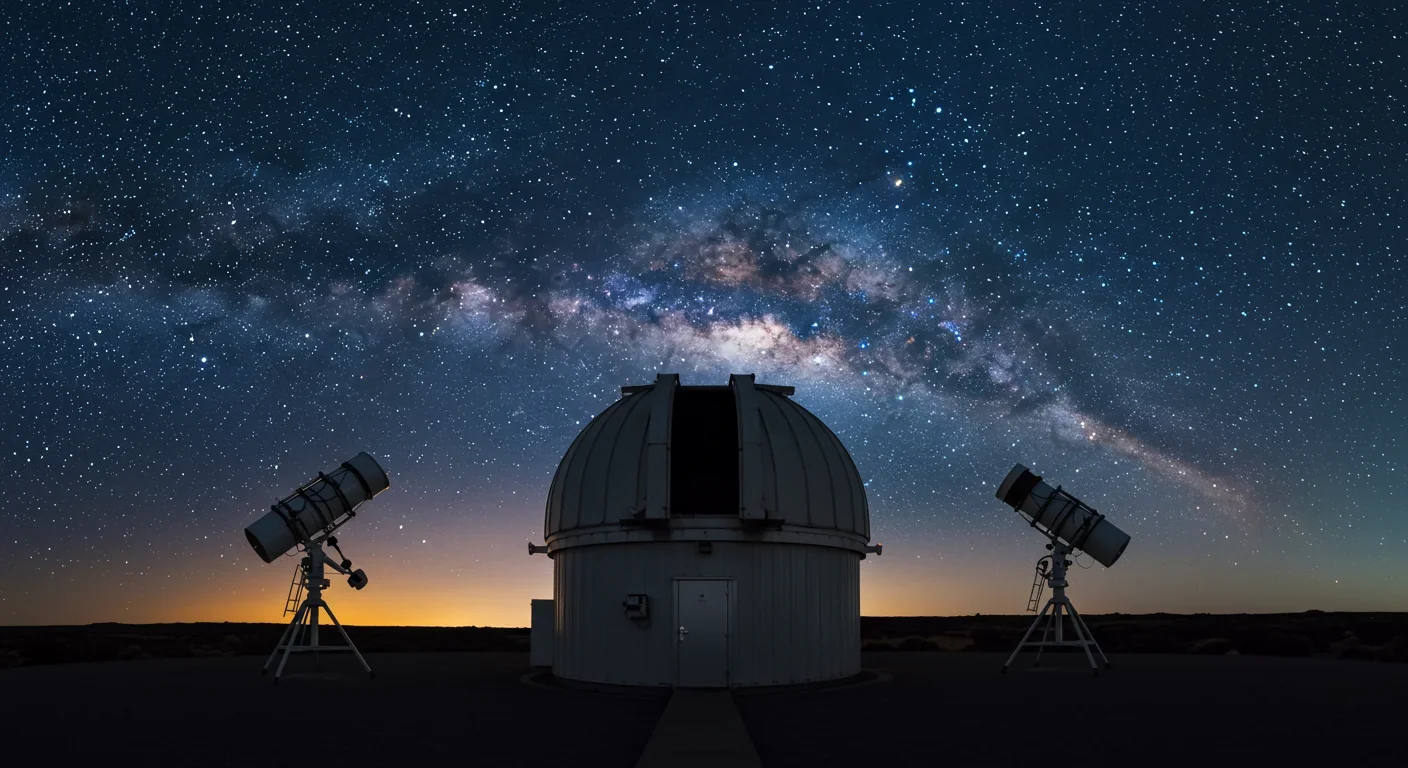
In October 2017, astronomers at the Pan-STARRS telescope in Hawaii spotted something unprecedented: a fast-moving object with a trajectory that couldn't possibly originate from our solar system. Named ʻOumuamua, which means "scout" in Hawaiian, this interstellar visitor traveled at 26.3 kilometers per second relative to the Sun and carried with it the first tangible proof that objects from other star systems regularly pass through our cosmic neighborhood. What scientists discovered next challenged everything they thought they knew about asteroids, comets, and the nature of interstellar space.
The detection sparked a scientific revolution. For the first time, humanity had identified an object that formed around another star, traveled through the vast emptiness between stellar systems, and briefly passed through our corner of the galaxy before continuing its journey into the unknown.
Before 2017, interstellar objects existed only in theory. Astronomers knew they should exist—planetary systems eject material during their chaotic formation phases, and these castoffs must go somewhere. But actually detecting these cosmic wanderers proved extraordinarily difficult.
The challenge comes down to speed and visibility. Objects traveling between star systems move at hyperbolic velocities, meaning they're moving faster than the Sun's escape velocity at any given distance. Unlike solar system objects that orbit in predictable ellipses, interstellar visitors follow open-ended hyperbolic trajectories—they swing by once and never return. This gives astronomers only a brief window, sometimes just weeks, to spot them before they disappear forever.
What changed in 2017 was telescope technology. The Pan-STARRS survey in Hawaii scans the entire visible sky every few nights, looking for anything that moves. Its wide field of view and rapid cadence made it the perfect tool for catching these cosmic speedsters. Without such systems, ʻOumuamua would have passed through unnoticed, just like countless others before it.
Nothing about ʻOumuamua fit expectations. Its shape alone baffled scientists—observations suggested an elongated object, possibly cigar-shaped or pancake-like, tumbling end over end every 7.3 hours. The dimensions appeared extraordinary: somewhere between 100 to 400 meters long but only about one-tenth as wide. No asteroid or comet in our solar system looks quite like this.
Then came the real mystery. As ʻOumuamua sped away from the Sun, astronomers detected a small but measurable acceleration that couldn't be explained by gravity alone. Comets exhibit similar behavior when solar heat vaporizes their ice, creating jets of gas that act like tiny rocket engines. But ʻOumuamua showed no visible tail, no dust cloud, no telltale signs of outgassing that normally accompany comets.
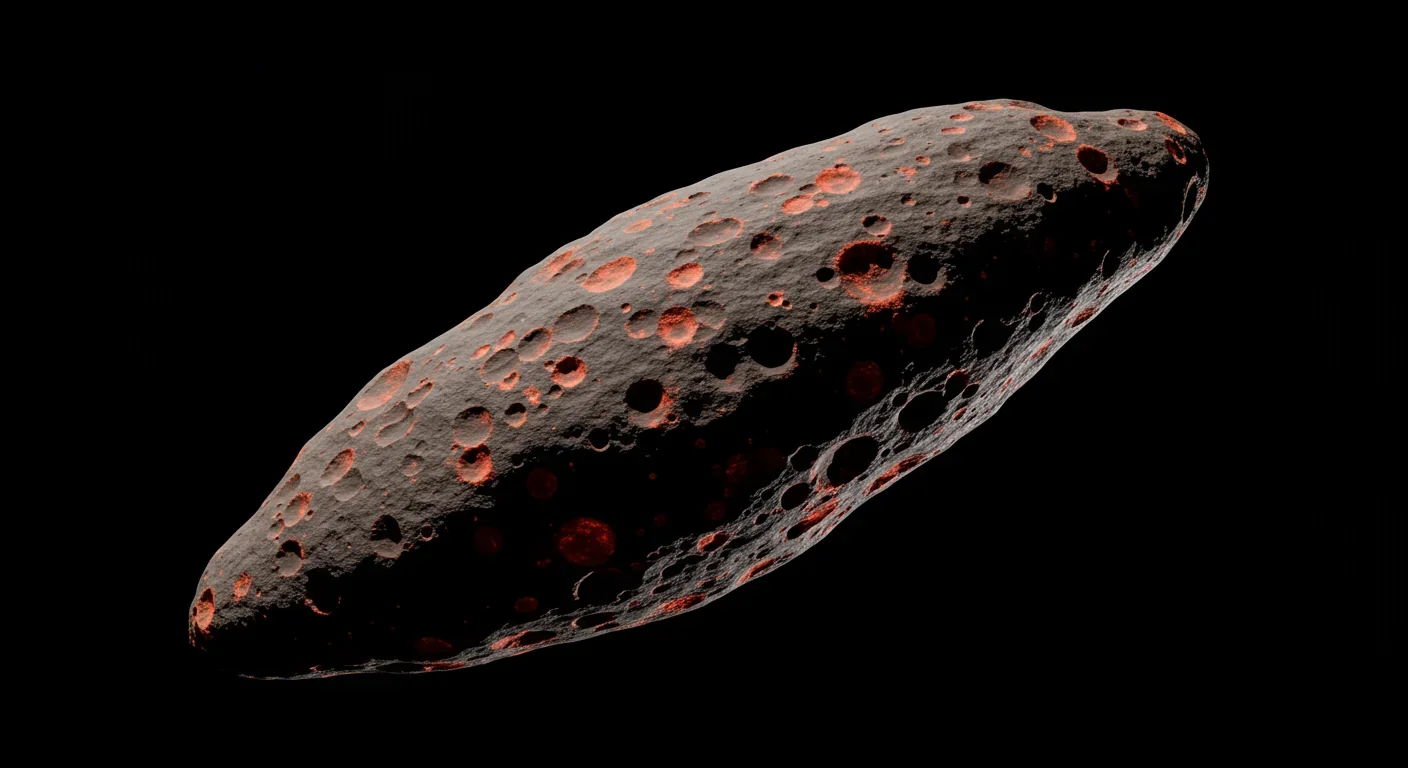
This non-gravitational acceleration launched countless theories. Some researchers suggested it was a hydrogen iceberg, its surface ice converted to molecular hydrogen by cosmic rays during millions of years of interstellar travel. When the Sun warmed it, this hydrogen outgassed invisibly, providing the mysterious push. Others proposed it might be an extremely porous, low-mass body where even minimal ice sublimation could exert significant pressure.
The most controversial explanation came from Harvard astronomer Avi Loeb, who suggested ʻOumuamua could be a piece of alien technology—perhaps a light sail pushed by starlight. While most scientists found natural explanations more plausible, the debate highlighted how little we understood about these objects.
The lack of any observable cometary activity, yet the presence of a strong non-gravitational acceleration, suggests that ʻOumuamua may be a highly porous, low-mass body where surface ice sublimation exerts significant pressure. The object's extreme tumbling and irregular shape offer clues about the violent collisional environment in its parent system, wherever that might be.
Two years after ʻOumuamua, amateur astronomer Gennadiy Borisov discovered another interstellar visitor using a telescope he built himself. Comet 2I/Borisov arrived with a hyperbolic orbit showing an even higher excess velocity of 32 kilometers per second, and this time, there was no mystery about its nature—it looked exactly like a comet.
Borisov sported a bright coma and tail, formed from water vapor, carbon monoxide, and hydrogen cyanide sublimating from its icy nucleus. The Hubble Space Telescope and Very Large Telescope tracked it for months, gathering detailed spectroscopic data. What they found was simultaneously reassuring and intriguing.
The comet's composition showed striking similarities to comets born in our own solar system, particularly those from the outer reaches. Strong emission lines of CN, NH₂, and atomic oxygen suggested nitrogen-rich organic chemistry—apparently a common outcome of planetesimal formation across different stellar neighborhoods. Yet there were differences too. Borisov had a notably higher concentration of carbon monoxide relative to water compared to most solar system comets, suggesting it formed in a colder environment than Earth's cosmic backyard.
"2I/Borisov provided us with a rare opportunity to study a comet from another star system. Its unique composition and trajectory have given us valuable insights into the formation and evolution of planetary systems beyond our own."
— Dr. David Jewitt, UCLA
The comet's nucleus measured about 0.74 kilometers in diameter, and like its local cousins, it proved structurally fragile. In March 2020, Borisov underwent rapid fragmentation, breaking apart as it rounded the Sun—a reminder that these objects can be delicate, held together by frozen ices that sublime away under stellar heat.
The discovery of Borisov confirmed what ʻOumuamua suggested: interstellar visitors aren't once-in-a-lifetime events. They pass through regularly. We just need to be watching.
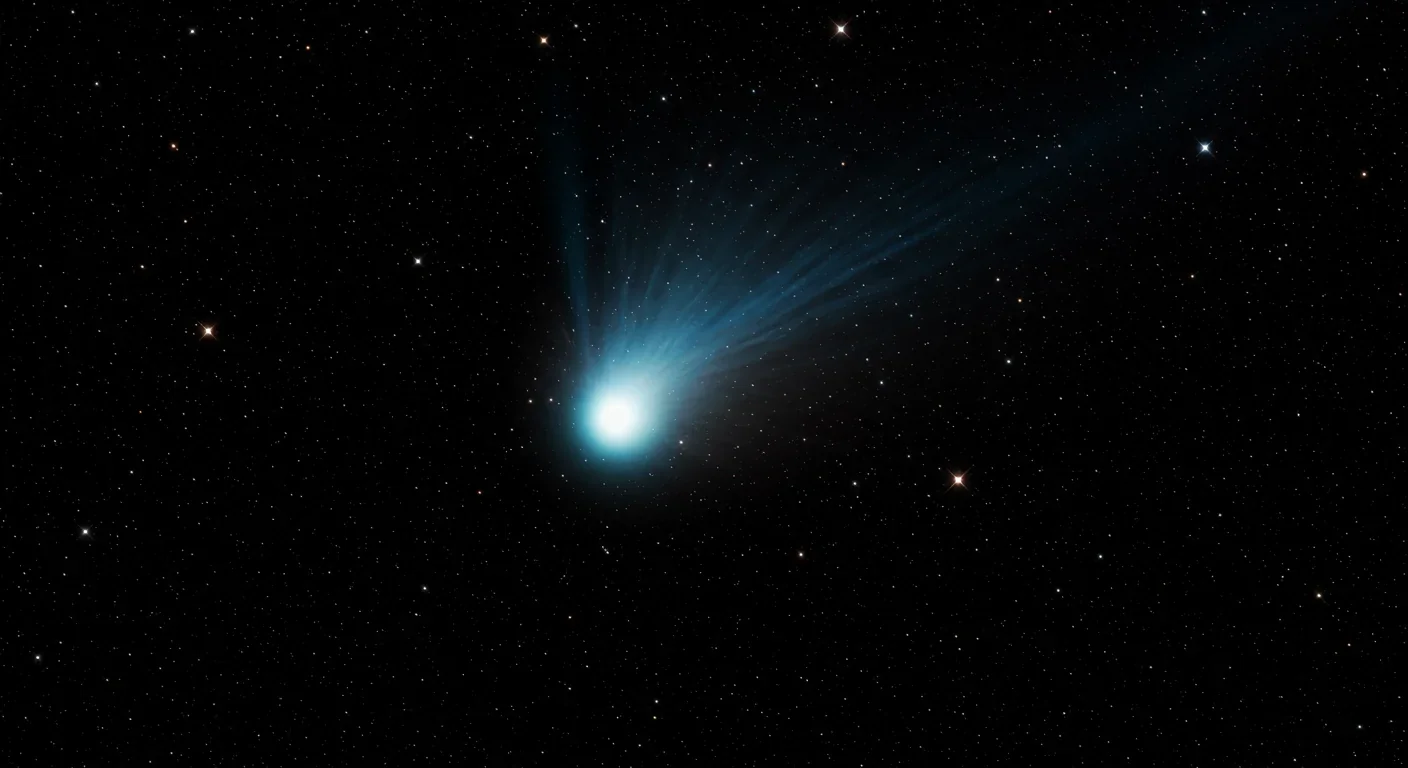
The pattern continued. In 2025, NASA confirmed another interstellar visitor designated 3I/ATLAS, detected by the Asteroid Terrestrial-impact Last Alert System. This one entered the solar system at a blistering 245,000 kilometers per hour, following a hyperbolic trajectory that traced back to regions far beyond the Sun's gravitational influence.
Like its predecessors, 3I/ATLAS generated scientific excitement and speculation. Some researchers questioned whether it might be artificial, though most evidence pointed to natural origins. The object's galactic trajectory, when traced backward through space and time, suggested it could have originated from a stellar nursery region where massive stars form and die in rapid succession, potentially ejecting planetary debris in the process.
Recent analysis of the galactic trajectories for ʻOumuamua, Borisov, and ATLAS reveals they're headed in different directions through the Milky Way, each on their own billion-year journey between stars. ʻOumuamua is traveling toward the constellation Pegasus, while Borisov heads toward another region entirely. These objects aren't following any common path—they're random debris from countless different stellar systems, all drifting through the galaxy.
Finding interstellar objects requires overcoming several challenges. First, they're small—typically less than a kilometer across—and non-luminous, visible only because they reflect sunlight. Second, they move incredibly fast relative to solar system objects, making them appear as streaks across multiple images rather than as stationary points. Third, they're here and gone quickly, giving limited time for detailed study.
The detection rate is determined primarily by telescope capabilities: wide fields of view to scan large swaths of sky, fast cadence to catch movement, and sensitive cameras to spot faint objects. Pan-STARRS pioneered this approach, scanning the sky every few days with a 1.8-meter telescope. But the real revolution is about to begin.
The Vera C. Rubin Observatory, which began operations in 2025, will transform interstellar object astronomy. With its 8.4-meter mirror and specially designed camera, it will photograph the entire visible sky every few nights, going deeper than any previous survey. Researchers estimate Rubin could detect dozens of interstellar objects per year, compared to the handful discovered so far.
The Vera Rubin Observatory's 3.2-gigapixel camera will generate about 20 terabytes of data per night. Machine learning algorithms will sift through this deluge, identifying moving objects and classifying them based on their trajectories within 60 seconds of observation.
The observatory's first imagery already demonstrated its power, revealing an ever-changing universe with unprecedented clarity. When fully operational, its automated systems will flag anything moving on hyperbolic trajectories, alerting astronomers worldwide within hours. This rapid notification enables follow-up observations with specialized telescopes before objects disappear.
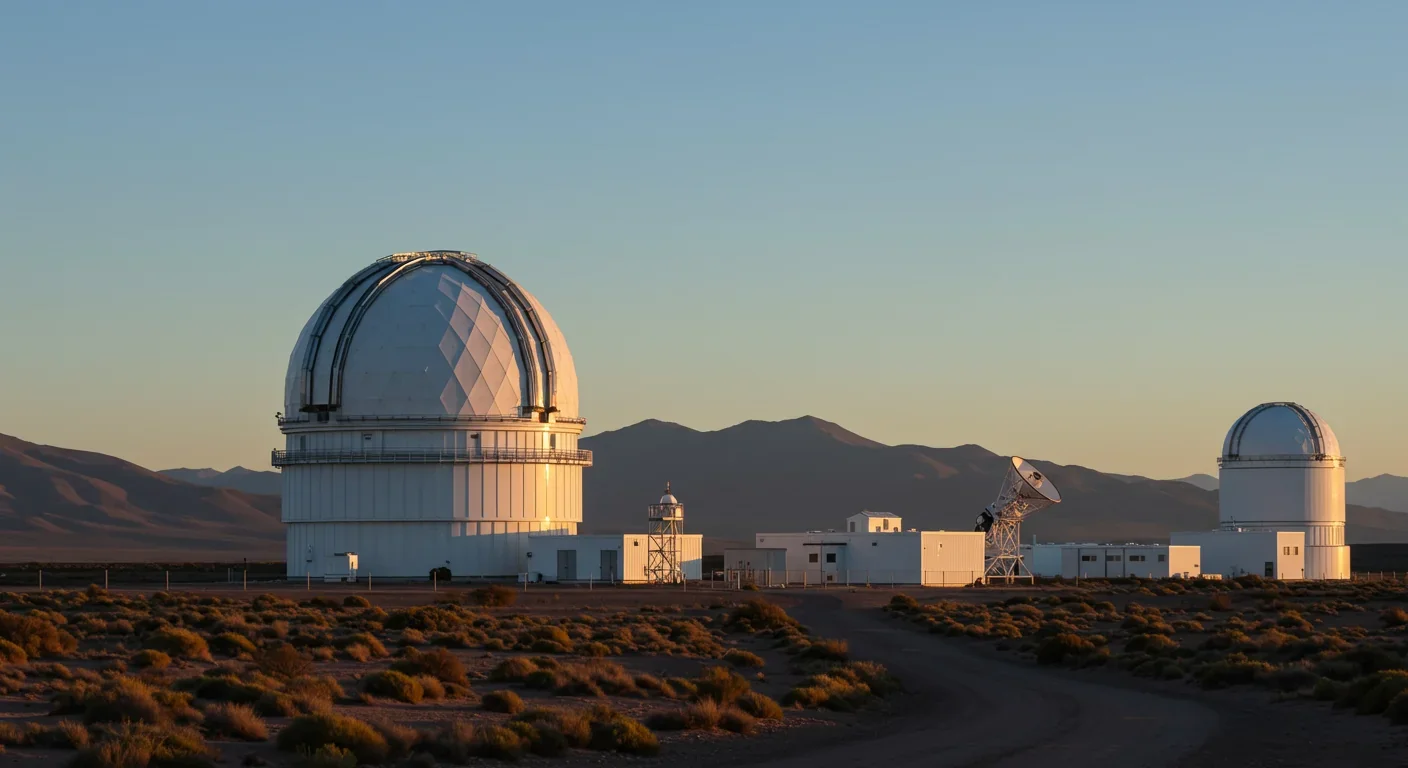
Detection also depends on where these visitors enter the solar system. Objects approaching from the direction of the Sun remain hidden in solar glare until they pass perihelion and emerge on the other side. Those approaching from the night-sky direction become visible sooner but may be very faint during their initial detection. Timing matters—a visitor arriving during the summer months may be best positioned for Northern Hemisphere telescopes, while winter arrivals favor southern observatories.
Each interstellar object is a free sample from another planetary system, delivered to our doorstep for analysis. The information they carry is profound.
Composition tells us about the chemical makeup of their birth environments. The fact that Borisov's composition closely matched solar system comets suggests that planetesimal formation produces similar results across different stellar neighborhoods. The chemistry of planet formation—hydrogen, oxygen, carbon, nitrogen combining into water, carbon monoxide, ammonia, and organic compounds—appears universal.
Yet the differences matter too. Borisov's carbon monoxide excess indicates it formed farther from its parent star or in a colder nebular environment than typical solar system comets. This kind of chemical fingerprinting lets astronomers infer conditions in distant planetary systems without ever seeing the planets directly.
Structure reveals formation histories. ʻOumuamua's bizarre elongated shape and rapid tumbling suggest it was either pulled into this configuration by tidal forces during a close stellar encounter, or it was shattered by a high-speed collision and is now a fragment of something larger. The fact that Borisov fragmented so easily tells us these bodies can be structurally weak, held together by ices and gravity rather than solid rock.
Velocity distributions provide clues about ejection mechanisms. Most models suggest interstellar objects are ejected during planetary system formation, when giant planets migrate inward and gravitationally fling smaller bodies outward. The range of velocities observed—from ʻOumuamua's 26.3 km/s to Borisov's 32 km/s to ATLAS's even higher speed—hints at different ejection scenarios. Some may have been gently nudged out of their systems, while others experienced violent encounters with massive planets or close approaches to their parent stars.
Before detecting any interstellar objects, astronomers could only guess at their abundance. Now, with three confirmed detections in eight years using relatively limited survey capabilities, they can start making estimates.
Current models suggest there could be thousands of interstellar objects passing through the inner solar system at any given time, most too small or distant to detect. Extrapolating from detection rates, researchers estimate that for every object we spot, hundreds or thousands remain undetected. The size distribution likely follows a power law—many more small objects than large ones, similar to asteroids and comets in our solar system.
The Oort Cloud, that vast spherical shell of icy bodies surrounding our solar system, may not be entirely local in origin. Recent simulations suggest that up to 10% of Oort Cloud objects could actually be captured interstellar visitors from the early days of the Sun's birth cluster, when stars were packed more closely together. This would make the Oort Cloud more active and diverse than previously thought.
Some interstellar objects might not just pass through—they could become permanently trapped. Research shows that interstellar objects and rogue planets can be captured into solar orbit through a three-body interaction, typically involving Jupiter. An interstellar object approaching at just the right angle and speed could lose enough energy during a Jupiter flyby to fall into an elliptical orbit around the Sun. Some objects in our solar system's more unusual orbits might actually be captured interstellar visitors from long ago.
"The study of interstellar objects like 2I/Borisov helps us understand the diversity of planetary systems in the galaxy. By comparing these objects to comets in our solar system, we can learn more about the processes that shape planetary systems."
— Dr. Alan Fitzsimmons, Queen's University Belfast
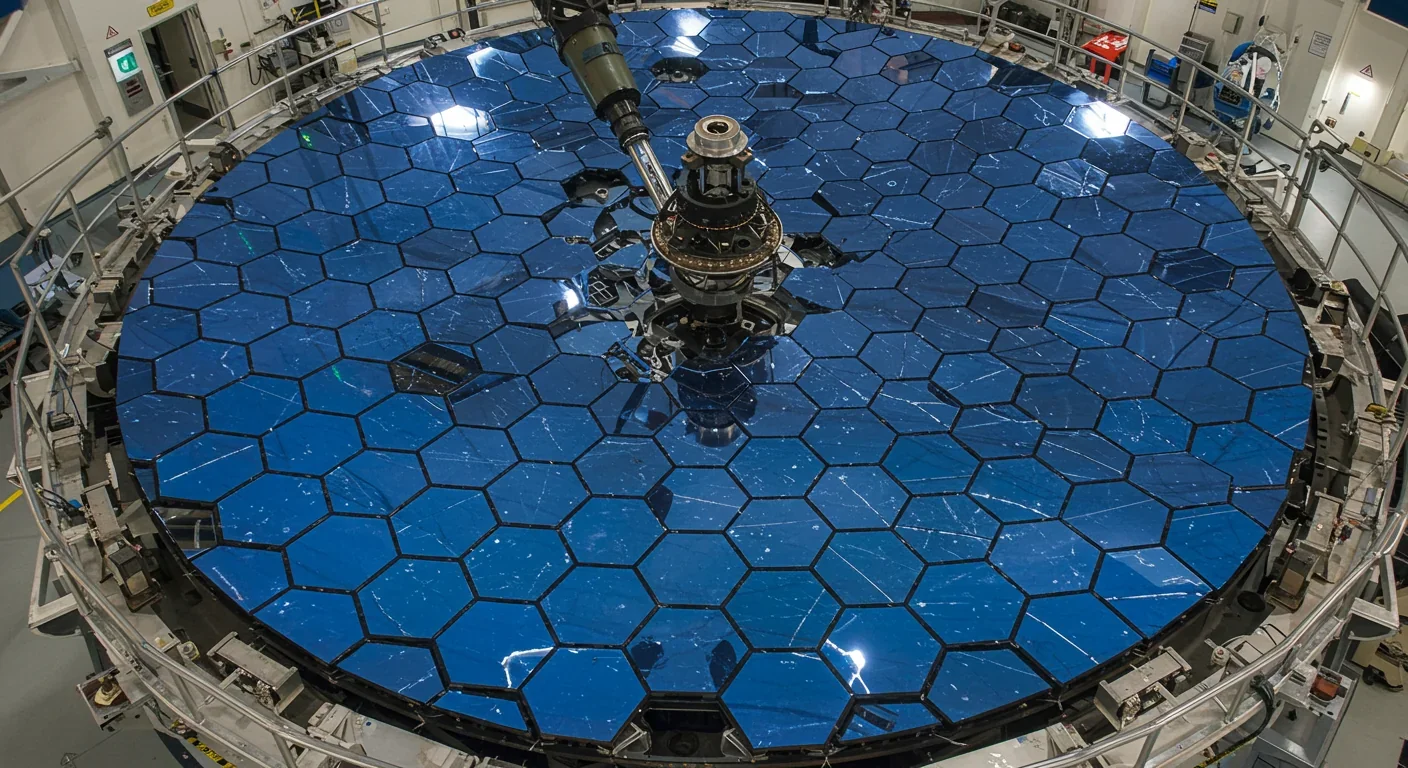
The story of interstellar object discovery is fundamentally a story about technological capability. Three decades ago, these objects would have been completely invisible to us. Today, we're on the verge of making their detection routine.
Pan-STARRS demonstrated what wide-field surveys could accomplish. Its 1.4-gigapixel camera and automated detection algorithms process hundreds of gigabytes of data nightly, comparing each night's images to previous observations to identify anything that moves. The system has discovered thousands of asteroids, comets, and near-Earth objects, with interstellar visitors being among its most spectacular finds.
The Vera Rubin Observatory takes this approach to another level. Its 3.2-gigapixel camera—the largest digital camera ever built—will generate about 20 terabytes of data per night. Machine learning algorithms will sift through this deluge, identifying moving objects and classifying them based on their trajectories. The system is designed to detect and alert on transient events within 60 seconds of observation.
But detection is only the first step. Characterization requires follow-up with specialized instruments. When a new interstellar visitor is identified, astronomers worldwide scramble to observe it with the most powerful telescopes available. The Hubble Space Telescope, the Very Large Telescope in Chile, the Keck Observatory in Hawaii, and now the James Webb Space Telescope can provide detailed spectroscopy, revealing chemical composition. Some recent observations claim the James Webb telescope captured images of ʻOumuamua, though verification of such claims requires peer review.
Future missions may go further. The European Space Agency has proposed a mission to intercept interstellar visitors in space, using a spacecraft that remains on standby in orbit, ready to accelerate toward any newly detected object for close-up study. Such a mission could answer questions impossible to resolve from Earth, like surface composition, internal structure, and precise mass.
Not every unusual object in our solar system's catalog is definitively identified as interstellar or local. Several candidates occupy a gray zone, with trajectories and characteristics that raise intriguing questions.
Comet SWAN R2, discovered recently, exhibited characteristics that made some astronomers wonder if it might be another interstellar visitor. Its trajectory showed unusual features, though ultimately most evidence suggested an origin in the outer Oort Cloud rather than beyond the solar system. The difficulty in distinguishing between extremely long-period comets from the Oort Cloud and true interstellar visitors highlights the challenges astronomers face.
Object A11pl3Z, reportedly detected entering the solar system at 245,000 kilometers per hour, generated significant interest, though confirmation and detailed analysis remain ongoing. The designation itself is unusual, and some reports about this object circulated in questionable sources, reminding us that not every claimed detection withstands scrutiny.
When Pan-STARRS first detected ʻOumuamua, astronomers spent weeks confirming its trajectory, ruling out measurement errors, and analyzing its motion before announcing the discovery. This rigorous approach ensures that claimed interstellar objects are genuinely from beyond our solar system.
Looking ahead, the next decade promises an explosion in interstellar object discoveries. The Vera Rubin Observatory alone could increase the detection rate by an order of magnitude or more. Chinese and European sky surveys coming online will add additional coverage. And proposed missions to study these objects up close could transform them from brief telescopic curiosities into well-characterized samples from alien worlds.
The discovery of interstellar objects represents more than just finding unusual rocks in space. It opens a new window into the demographics of planetary systems throughout the galaxy.
Every planetary system probably ejects material during its formation and evolution. Young systems are particularly violent, with giant planets migrating through disks of smaller bodies, flinging debris in all directions. Estimates suggest that for every object retained in a planetary system, dozens or hundreds might be ejected into interstellar space. Multiply this by the 100 billion star systems in the Milky Way, and interstellar space becomes filled with wandering debris from countless worlds.
This debris field is essentially a free sample collection from planetary systems across the galaxy, and Earth sits within it. Some of the objects passing through our solar system might come from systems just tens of light-years away, while others could originate from stellar nurseries thousands of light-years distant. Each one carries information about chemical compositions, formation processes, and evolutionary histories encoded in its structure and composition.
The realization that we can study material from other planetary systems without traveling light-years to reach them is profound. Instead of sending spacecraft on multi-century journeys to other stars, we can wait for pieces of those systems to come to us. With enough detections and detailed characterizations, we can start building a statistical understanding of planetary system diversity across the galaxy.
Some researchers go further, suggesting that interstellar objects might play a role in distributing organic molecules or even primitive life between star systems—a concept called panspermia. While speculative, the fact that these objects exist and travel between stars at least makes the mechanism possible, even if we have no evidence it actually occurs.
The revolution in interstellar object astronomy is just beginning. What started with a single mysterious detection in 2017 has evolved into a new field of study. As detection capabilities improve and our census of these cosmic travelers grows, we'll gain unprecedented insights into planetary systems throughout our galaxy—not through distant observations or theoretical models, but through direct samples delivered to our doorstep by the galaxy itself.
These messengers from distant stars remind us that space isn't empty, and our solar system isn't isolated. We're part of a dynamic galactic ecosystem where matter constantly moves between star systems, carrying with it the chemical signatures and physical remnants of worlds we may never visit but can now, finally, begin to understand.

Curiosity rover detects mysterious methane spikes on Mars that vanish within hours, defying atmospheric models. Scientists debate whether the source is hidden microbial life or geological processes, while new research reveals UV-activated dust rapidly destroys the gas.

CMA is a selective cellular cleanup system that targets damaged proteins for degradation. As we age, CMA declines—leading to toxic protein accumulation and neurodegeneration. Scientists are developing therapies to restore CMA function and potentially prevent brain diseases.

Intercropping boosts farm yields by 20-50% by growing multiple crops together, using complementary resource use, nitrogen fixation, and pest suppression to build resilience against climate shocks while reducing costs.

The Baader-Meinhof phenomenon explains why newly learned information suddenly seems everywhere. This frequency illusion results from selective attention and confirmation bias—adaptive evolutionary mechanisms now amplified by social media algorithms.

Plants and soil microbes form powerful partnerships that can clean contaminated soil at a fraction of traditional costs. These phytoremediation networks use biological processes to extract, degrade, or stabilize toxic pollutants, offering a sustainable alternative to excavation for brownfields and agricultural land.

Renters pay mortgage-equivalent amounts but build zero wealth, creating a 40x wealth gap with homeowners. Institutional investors have transformed housing into a wealth extraction mechanism where working families transfer $720,000+ over 30 years while property owners accumulate equity and generational wealth.

AlphaGo revolutionized AI by defeating world champion Lee Sedol through reinforcement learning and neural networks. Its successor, AlphaGo Zero, learned purely through self-play, discovering strategies superior to millennia of human knowledge—opening new frontiers in AI applications across healthcare, robotics, and optimization.